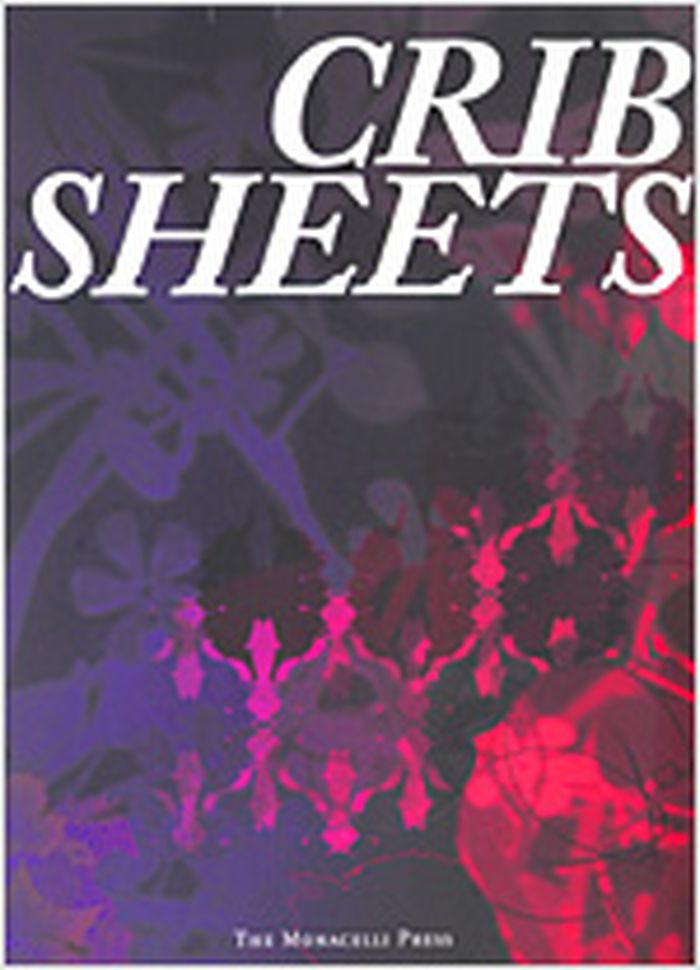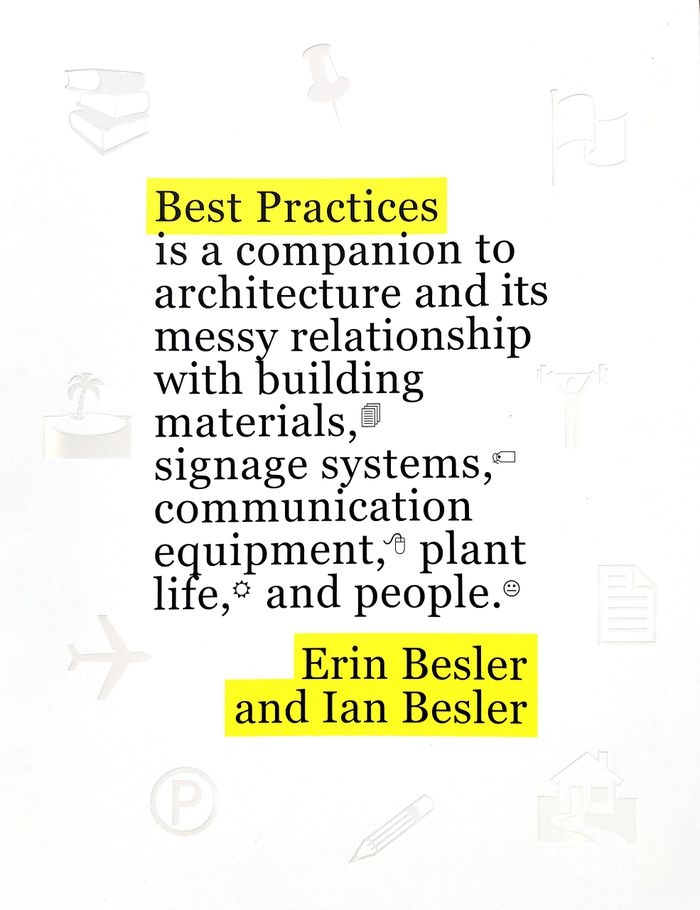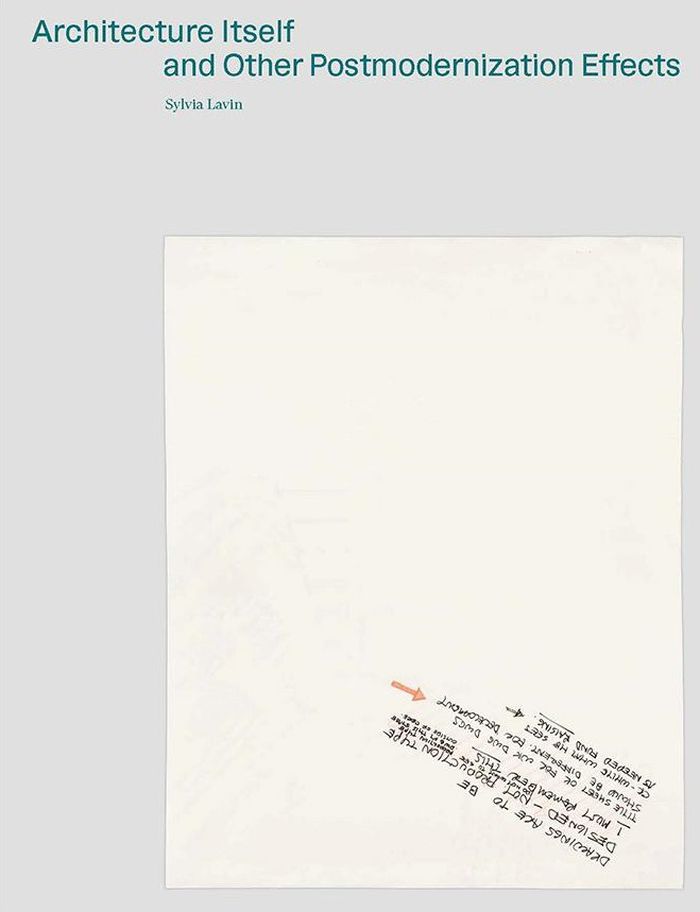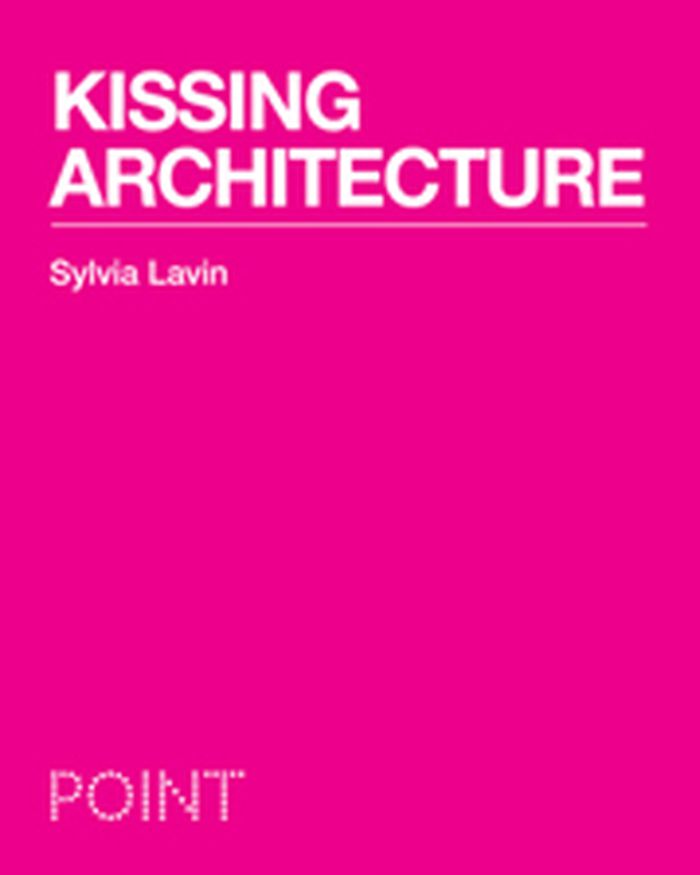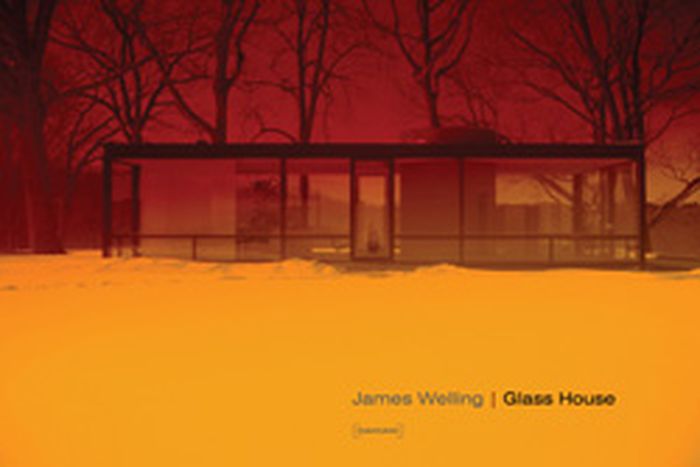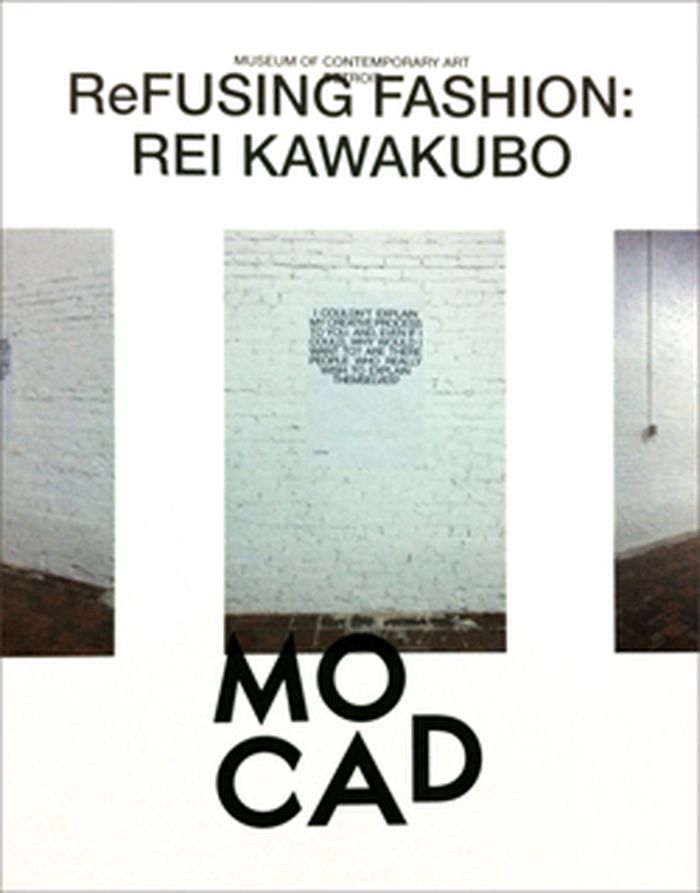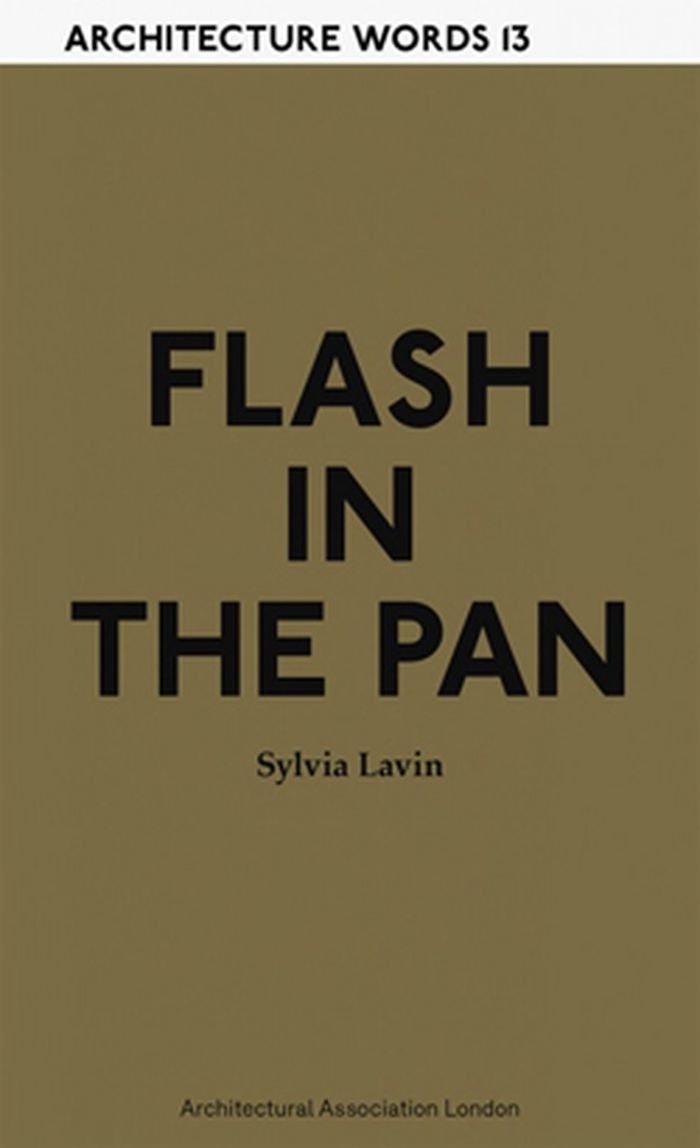books
$39.00
(available to order)
Summary:
Sylvia Lavin's “Form Follows Libido” argues that by the 1950s, some architects felt an urge to steer the cool abstraction of high modernism away from a neutral formalism toward the production of more erotic, affective environments. Lavin turns to the architecture of Richard Neutra (1892-1970) to explore the genesis of these new mood-inducing environments. In a series of(...)
Form follows libido : architecture and Richard Neutra in a psychoanalytic culture
Actions:
Price:
$39.00
(available to order)
Summary:
Sylvia Lavin's “Form Follows Libido” argues that by the 1950s, some architects felt an urge to steer the cool abstraction of high modernism away from a neutral formalism toward the production of more erotic, affective environments. Lavin turns to the architecture of Richard Neutra (1892-1970) to explore the genesis of these new mood-inducing environments. In a series of engaging essays weaving through the designs and writings of this Vienna-born, California-based architect, Lavin discovers in Neutra a sustained and poignant psychoanalytic reflection set in the context of a burgeoning psychoanalytic culture in America. Lavin shows that Neutra's redirection of modernism constituted not a lyrical regression to sentimentality but a deliberate advance of architectural theory and technique to engage the unconscious mind, fuelled by the ideas of psychoanalysis that were being rapidly disseminated at the time. In Neutra's responses to a vivid range of issues, from psychoanalysis proper to the popular psychology of tele-evangelical prayer, Lavin uncovers a radical reconstitution of the architectural discipline. Arguing persuasively that the received historical views of both psychoanalysis and architecture have led to a suppression of their compelling coincidences and unorthodoxies, Lavin sets out to unleash mid-century architecture's hidden libido. Neither Neutra nor psychoanalysis emerges unscathed from her investigation of how architecture came to be saturated by the intrigues of affect, often against its will. If Reyner Banham sought to put architecture "on the couch," then Lavin, through Neutra, leaps beyond Banham's ameliorative aim to lure contemporary architecture into the lush and dangerous liaisons of environmental design.
books
January 2005, Cambridge, Mass.
Architecture Monographs
$9.99
(available to order)
Summary:
Architectural discourse today is characterized by an overlapping conversation between architects and academics, teachers and students, theorists and practitioners. Certain terms-"diagram, " "extreme form, " "autonomy, " and "the generic, " among others-capture the moment in architecture in definition and in operation. "Crib sheets" is a guide-a "crib"-to twenty-two of(...)
sale books
June 2005, New York
Crib sheets : notes on thecontemporary architectural conversation
Actions:
Price:
$9.99
(available to order)
Summary:
Architectural discourse today is characterized by an overlapping conversation between architects and academics, teachers and students, theorists and practitioners. Certain terms-"diagram, " "extreme form, " "autonomy, " and "the generic, " among others-capture the moment in architecture in definition and in operation. "Crib sheets" is a guide-a "crib"-to twenty-two of those buzzwords, framing contemporary currents and trajectories. Each of the words is presented with a list of quotations, or sound bites, arranged in order of length and drawn from more than two hundred commentators, from Charles Baudelaire, Le Corbusier, and Buckminster Fuller to Frank Gehry, Paul Goldberger, and Rem Koolhaas. The structure attempts to evoke the present-day architectural conversation, capturing social milieus, current events, clusters of topics, and even background noise and eavesdropping.
sale books
Thought matters
$25.00
(available to order)
Summary:
"Thought matters" (UCLA Department of Architecture and Urban Design, 2006) explores student work produced in the 2004-2005 Research Studios led by Kevin Daly, Neil Denari, Greg Lynn, Mark Lee, Dagmar Richter, and R.E. Somol. The Research Studio project, a series of yearlong courses mixing a studio with a booster composed of material/technical additives or intellectual(...)
Architecture since 1900, Europe
January 2005, Los Angeles
Thought matters
Actions:
Price:
$25.00
(available to order)
Summary:
"Thought matters" (UCLA Department of Architecture and Urban Design, 2006) explores student work produced in the 2004-2005 Research Studios led by Kevin Daly, Neil Denari, Greg Lynn, Mark Lee, Dagmar Richter, and R.E. Somol. The Research Studio project, a series of yearlong courses mixing a studio with a booster composed of material/technical additives or intellectual enhancements, was borne of an anachronism and in the spirit of a thought experiment.
Architecture since 1900, Europe
Best practices: A companion to architecture and Its messy relationship with building materials
$39.95
(available to order)
Summary:
A thought-provoking guide to the endearing and enigmatic ways in which the built environment takes shape,this publication proposes a new way of thinking about neighborhoods, housing developments, streetscapes, and storefronts, not so much as places defined by building codes, dimensions, or geographic features, but as assemblages of ad hoc interventions and incidental(...)
Architectural Theory
November 2021
Best practices: A companion to architecture and Its messy relationship with building materials
Actions:
Price:
$39.95
(available to order)
Summary:
A thought-provoking guide to the endearing and enigmatic ways in which the built environment takes shape,this publication proposes a new way of thinking about neighborhoods, housing developments, streetscapes, and storefronts, not so much as places defined by building codes, dimensions, or geographic features, but as assemblages of ad hoc interventions and incidental ephemera. It is an invitation to thoroughly reconsider issues of expertise, professionalism, power, ubiquity, defaults, communication environments, construction practices, and how these things confront architecture.
Architectural Theory
$48.00
(available in store)
Summary:
Before architectural postmodernism was named as such, the process of postmodernizing architecture had already begun implicating architectural work in the increasingly information-driven logic of the late twentieth century. Though radical, the effects of this process have long been excluded from the predominant histories of postmodernism, which continue to rely on notions(...)
Architecture itself and other postmodernization effects
Actions:
Price:
$48.00
(available in store)
Summary:
Before architectural postmodernism was named as such, the process of postmodernizing architecture had already begun implicating architectural work in the increasingly information-driven logic of the late twentieth century. Though radical, the effects of this process have long been excluded from the predominant histories of postmodernism, which continue to rely on notions of individual and creative genius, architectural autonomy, and stylistic genealogies. Architecture Itself and Other Postmodernization Effects places material devices, such as Pantone chips, research grant applications, questionnaires, Xerography, and travel photography, at the forefront of a counter-narrative that recasts these informatic procedures as fundamentally architectural and as the primary of catalysts of the loose agglomeration of styles that was once called postmodernism.
CCA Publications
Kissing architecture
$37.95
(available to order)
Summary:
Kissing Architecture explores the mutual attraction between architecture and other forms of contemporary art. Sylvia Lavin develops the concept of "kissing" to describe the growing intimacy between architecture and new types of art--particularly multimedia installations that take place in and on the surfaces of buildings--and to capture the sensual charge that is being(...)
Kissing architecture
Actions:
Price:
$37.95
(available to order)
Summary:
Kissing Architecture explores the mutual attraction between architecture and other forms of contemporary art. Sylvia Lavin develops the concept of "kissing" to describe the growing intimacy between architecture and new types of art--particularly multimedia installations that take place in and on the surfaces of buildings--and to capture the sensual charge that is being designed and built into architectural surfaces and interior spaces today.
Architectural Theory
James Welling : glass house
$55.00
(available to order)
Summary:
Over the course of three years, from 2006 to 2009, James Welling (born 1951) photographed the Glass House, the architectural landmark estate that Philip Johnson built in New Canaan, Connecticut, in 1949. Welling's photos offer a decided departure from the familiar views of the house and grounds: using digital cameras set on a tripod and holding a variety of filters in(...)
James Welling : glass house
Actions:
Price:
$55.00
(available to order)
Summary:
Over the course of three years, from 2006 to 2009, James Welling (born 1951) photographed the Glass House, the architectural landmark estate that Philip Johnson built in New Canaan, Connecticut, in 1949. Welling's photos offer a decided departure from the familiar views of the house and grounds: using digital cameras set on a tripod and holding a variety of filters in front of the lens, he created tinted veils and distortions that transformed the image at the moment of exposure, endowing it with swells of glowing color. As Welling described it in an interview with Artforum, the use of filters enabled his project to become "a laboratory for ideas about transparency, reflectivity and color." The 45 images presented here, which invite the viewer to draw associations between the camera's lens and the glass surfaces of the house itself, oscillate before our very eyes between photographic abstraction - a recurrent preoccupation for Welling - and depictions of architecture. With this body of work, Welling has located a wholly new approach to, and blend of, both genres.
Photography monographs
$50.00
(available to order)
Summary:
In order to justify the singular vision and approach of this celebrated Japanese fashion designer, the organisers of this retrospective at the MOCA, Detroit decided to create an all-compassing installation – with numerous individual pieces selected in order to reveal a complex and multifaceted whole. Presenting the fruits of a practice that spans more than 20 years, the(...)
Rei Kawakubo: ReFusing fashion
Actions:
Price:
$50.00
(available to order)
Summary:
In order to justify the singular vision and approach of this celebrated Japanese fashion designer, the organisers of this retrospective at the MOCA, Detroit decided to create an all-compassing installation – with numerous individual pieces selected in order to reveal a complex and multifaceted whole. Presenting the fruits of a practice that spans more than 20 years, the exhibition and delightfully conceived catalogue present clothes and accessories designed both for Commes des Garçons and under her own name, shop designs, posters, advertisements, collaborations with architects, photographers, Merce Cunningham, and with those that wear and style the clothes. The publication is interspersed throughout with various images from the exhibition, film-stills, photographs and texts from five different authors.
Fashion Design
$28.00
(available to order)
Summary:
In this collection of mediations on what Baudelaire championed (and Michael Fried chastised) as presentness, Lavin investigates the convergence of notions such as liveness, the provisional and the obsolete in revealing qualities of the contemporary. Three sets of essays explore different forms of architectural time, particularly as they shape the differences between(...)
AA words 13: Flash in the pan
Actions:
Price:
$28.00
(available to order)
Summary:
In this collection of mediations on what Baudelaire championed (and Michael Fried chastised) as presentness, Lavin investigates the convergence of notions such as liveness, the provisional and the obsolete in revealing qualities of the contemporary. Three sets of essays explore different forms of architectural time, particularly as they shape the differences between history, theory and criticism as genres of writing.
Architectural Theory
